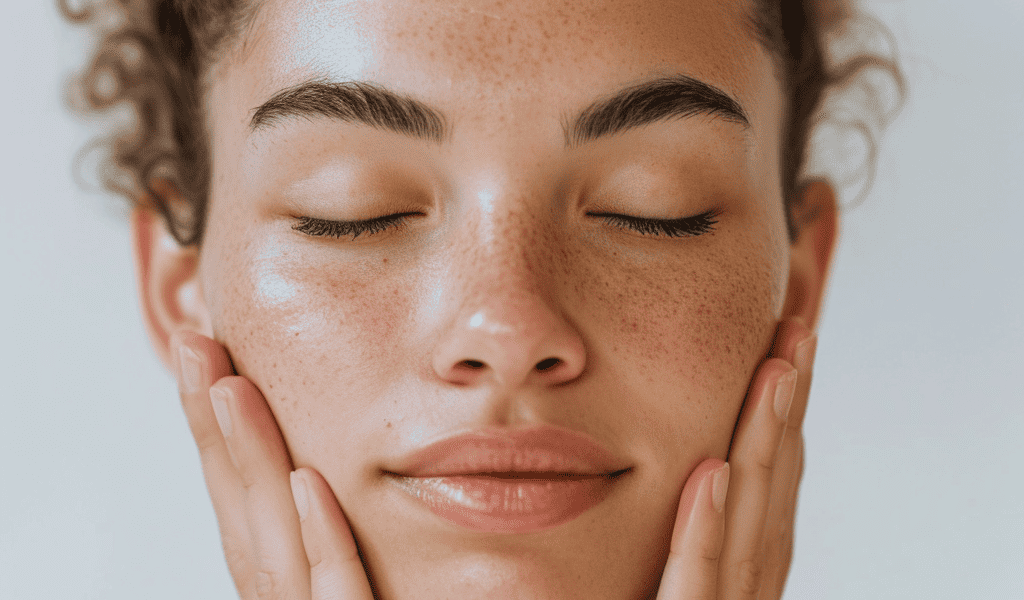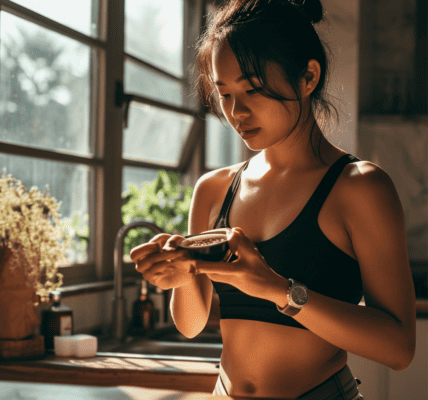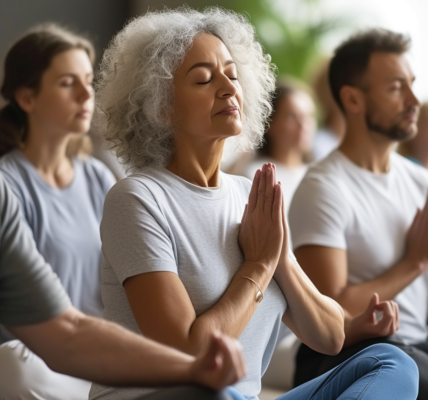I recently embarked on a 30-day journey of face yoga, inspired by the promises of toning and tightening my face as advertised by various targeted ads. However, after just one day of face yoga, I found myself disliking the uncomfortable experience of stretching and pinching the delicate skin of my face and neck, leading to the completion of only 14 non-consecutive days of the practice.
Despite my personal aversion, face yoga has garnered attention and endorsement from several high-profile individuals, including Meghan Markle, Gwyneth Paltrow, and the Kardashians, who have worked with face yoga expert Koko Hayashi. With such endorsements, one might wonder what this practice entails and whether it holds any merit.
What is Face Yoga?
Face yoga involves a series of exercises, massages, and stretches targeted at the facial muscles, with claims of benefits such as muscle relaxation, tension release, and improved blood flow for a radiant complexion. According to Sofie Pavitt, a skincare expert and founder of the Sofie Pavitt Face skincare line, the manipulation and sculpting of facial muscles have been a timeless practice that resurfaces periodically as a trendy wellness pursuit.
My introduction to face yoga came through Instagram, where ads for an app named Luvly made bold assertions of eliminating double chins, wrinkles, face fat, and skin problems. This resurgence of face yoga aligns with its historical pattern of gaining popularity, fading away, and then resurfacing in contemporary wellness trends.





